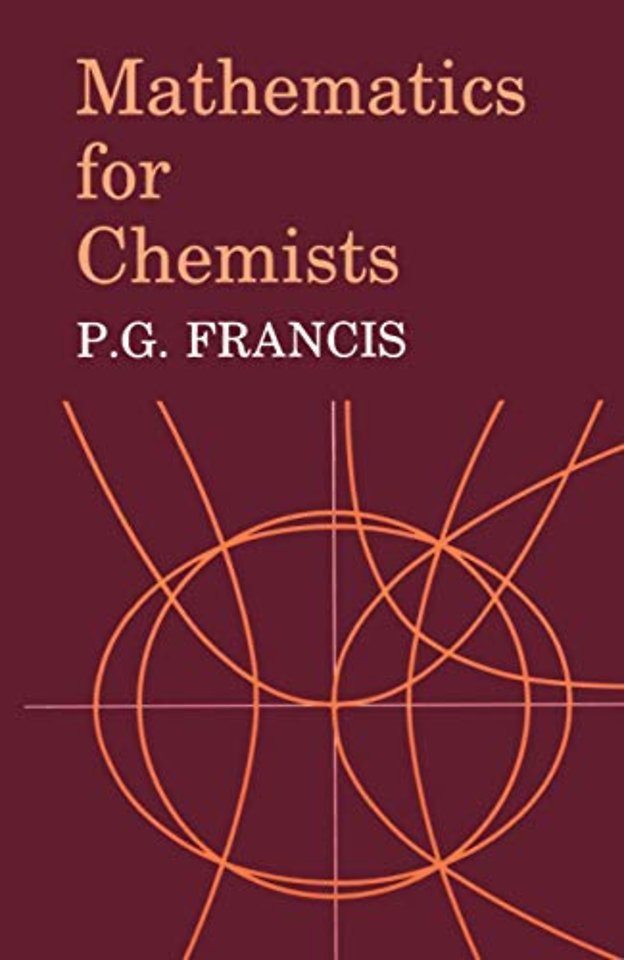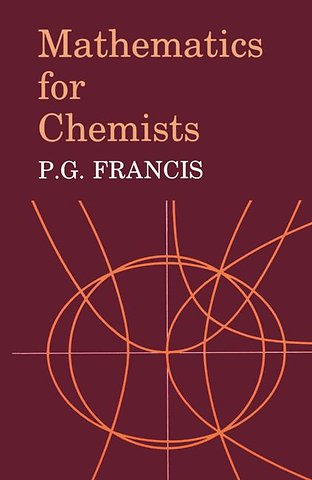1 Algebraic and geometrical methods.- 1.1 Natural numbers.- 1.2 Units and dimensional analysis.- 1.3 Functional notation.- 1.4 Quadratic and higher-order equations.- 1.5 Dependent and independent variables.- 1.6 Graphical methods.- 1.7 Some geometrical methods.- 1.7.1 Similar triangles.- 1.7.2 Triangular graph paper.- 1.7.3 Three-dimensional geometry.- 1.7.4 Circle, ellipse, parabola and hyperbola.- 1.7.5 Plane polar coordinates.- 1.8 Factorials and gamma functions.- 1.9 Probability.- 1.10 Complex numbers.- 2 Differential calculus.- 2.1 Significance and notation.- 2.2 The calculus limit.- 2.3 Differentiation of simple functions.- 2.4 The use of differentials; implicit differentiation.- 2.5 Logarithms and exponentials.- 2.6 The chain rule and differentiation by substitution.- 2.7 Turning points: maxima, minima and points of inflection.- 2.8 Maxima and minima subject to constraint; Lagrange’s method of undetermined multipliers.- 2.9 Series.- 2.9.1 Geometric series.- 2.9.2 Power series and Taylor’s theorem.- 2.9.3 Maclaurin’s theorem.- 2.9.4 Inversion of a series.- 2.9.5 Empirical curve fitting by power series.- 2.10 The evaluation of limits by L’Hôpital’s rule.- 2.11 The principles of Newtonian mechanics.- 3 Differential calculus in three or more dimensions; partial differentiation.- 3.1 Significance and notation.- 3.2 An alternative approach to calculus.- 3.3 The total differential.- 3.4 General expression for a total differential.- 3.5 Exact differentials.- 3.6 Relations between partial derivatives.- 3.7 Extensive and intensive variables; Euler’s theorem.- 3.8 Taylor’s theorem in partial derivatives.- 3.9 Vectors.- 3.9.1 Scalar and vector products.- 3.9.2 Scalar and vector fields.- 4 Integration.- 4.1 Significance and notation.- 4.2 Standard methods of integration.- 4.2.1 Simple functions.- 4.2.2 Reciprocal functions.- 4.2.3 Integration by parts.- 4.2.4 Integration by substitution.- 4.2.5 Expansion of algebraic functions.- 4.2.6 Integration by partial fractions.- 4.3 Standard forms of integral and numerical methods.- 4.4 Multiple integration.- 4.5 Differentiation of integrals; Leibnitz’s theorem.- 4.6 The Euler—Maclaurin Theorem.- 5 Applications of integration.- 5.1 Plane area.- 5.2 Plane elements of area.- 5.3 Elements of volume; polar coordinates in three dimensions.- 5.4 Line integrals.- 5.5 Curve length by integration.- 5.6 Applications of multiple integration.- 5.6.1 The pressure of a perfect gas.- 5.6.2 Interactions in a real fluid.- 5.7 The calculus of variations.- 5.8 Generalized dynamics.- 6 Differential equations.- 6.1 Significance and notation.- 6.2 Equations of first order, first degree.- 6.2.1 Separable variables.- 6.2.2 First-order homogeneous equations.- 6.2.3 Exact equations.- 6.2.4 Linear equations of first order.- 6.3 Linear differential equations.- 6.3.1 Homogeneous linear equations with constant coefficients.- 6.3.2 General linear equation with constant coefficients.- 6.3.3 Linear equations of second order.- 6.4 Integral transforms.- 6.4.1 Laplace transforms.- 6.4.2 Fourier transforms.- 7 Experimental error and the method of least squares.- 7.1 Significance.- 7.2 Root-mean-square error.- 7.3 Distribution of error.- 7.4 The statistical analysis of experimental data.- 7.5 Propagation of error.- 7.6 Small-sample errors.- 7.7 The normal distribution of error.- 7.8 The method of least squares.- 7.8.1 Linear relation between two variables.- 7.8.2 Covariance and correlation coefficient.- 7.8.3 Uncertainty in the slope and intercept of the least-squares straight line.- 7.8.4 Least-squares straight line with both variables subject to error.- 7.8.5 Weighting of observations.- 7.8.6 Multivariable and non-linear least-squares analysis.- Appendix SI units, physical constants and conversion factors; the Greek alphabet and a summary of useful relations.- Index..

